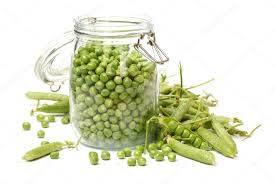One of the most promising advancements in pulse research is the development of autumn-sown peas, which are planted before the year’s first snowfall and can produce drastically greater yields than peas planted during the spring.
Rather than grow straight upward like spring peas, autumn peas grow wide and low to the ground to stay beneath the snow cover, then shoot upward in the warmer months.
“Just like winter wheat is 20 percent more productive than spring wheat, we can make autumn-sown pulses that are more productive than spring-seeded pulses,” said Todd Scholz, vice president of research for the USA Dry Pea & Lentil Council. “The potential is probably 50 percent to 100 percent increase in yield.”
Rebecca McGee, a U.S. Department of Agriculture plant geneticist based at Washington State University’s Pullman campus, said that until 2009, federal regulations prohibited the somewhat more wrinkly autumn peas from being marketed as food quality, so they could be sold only as animal feed at discounted rates. When those regulations changed, researchers seized the opportunity to make autumn peas more visually appealing for consumers.
“For the past nine years we’ve been crossing and planting and evaluating,” McGee said. And now, “you can have autumn-sown peas in one hand and spring peas in the other and not be able to tell the difference.”
Autumn pulses can offer some logistical benefits for farmers because they are usually ready for harvest several weeks before spring-seeded crops. That way, not everything needs to be harvested at once.
One downside: Because autumn peas are in the ground for so long – sometimes from late August to July, spanning not one but two warm periods – they have more exposure to pests such as weevils. McGee said those problems are manageable, however.


